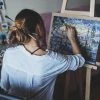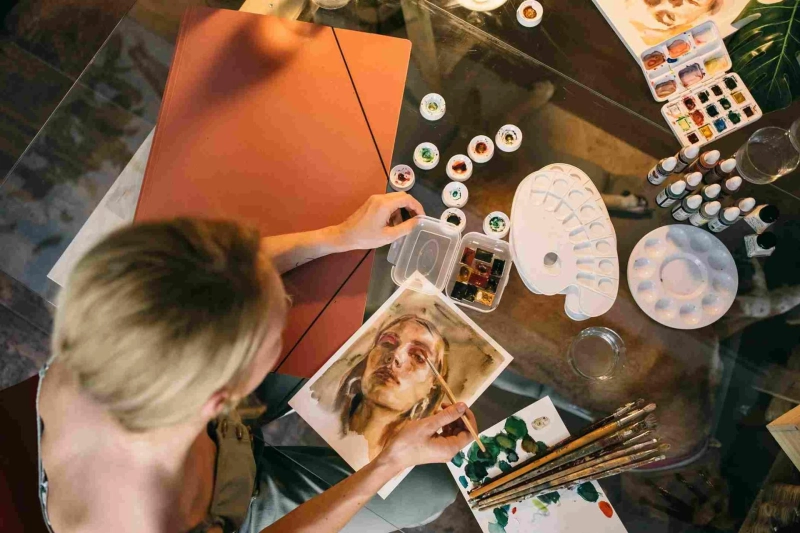Unveiling the Interconnected World of Art Forms
The interconnectedness of creative genres is a compelling testament to human expression's unlimited ingenuity and uniqueness.


The interconnectedness of creative genres is a compelling testament to human expression's unlimited ingenuity and uniqueness.

